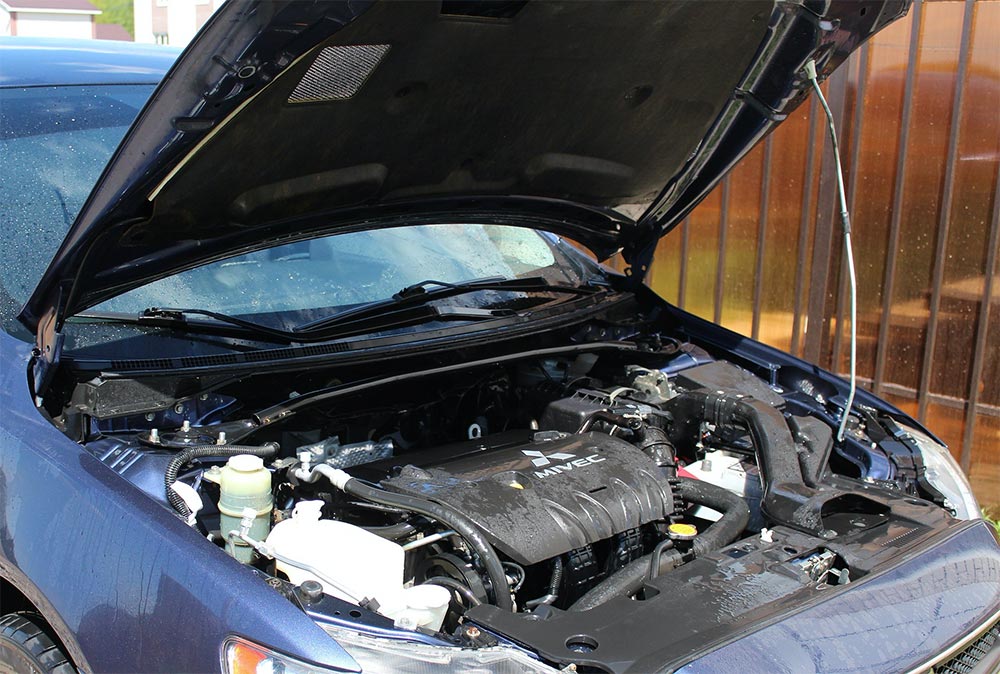This is the first of two articles about parts that fail and why. Rubber components are generally known for their durability, elasticity, strength, and reliability. However, when subjected to certain conditions, the rubber material is susceptible to fatigue and failure. These can be avoided through proper testing and good chemistry, but if a part does fail to meet your performance expectations, how do you determine why?
Technically, there are a number of possible causes related to a rubber part failure, but three leading indicators would come from knowing the component’s working environment, tolerance for temperatures, and mechanical performance. Let’s look at each area:
1. Environment
The environment a rubber part operates in greatly impacts its performance. The composition of rubber materials varies relating to their function. For instance, some are designed for contact with corrosive substances, fluids, or chemicals, while others are designed for oils and lubricants.
Proper material composition analysis and fatigue testing in the product’s intended operating environment ensures rubber products consist of the right compounds that hold properties compatible with that application environment.
2. Temperature
Knowing a product’s temperature range is vital for determining its performance and longevity. Since rubber compounds are designed to function within certain temperature ranges. Subjecting an insufficient material to extreme temperature environments can cause the materials to expand and contract, alter or shift. This can lead to fatigue, premature wear, and functioning ineffectively.
3. Mechanical Failure
Friction, heat, and improper installation can contribute to premature failure. Lack of a preventative maintenance schedule can factor in here as well. This type of failure often may be avoided with prior testing of the material before its application, but not always.
“Understanding the role the completed part is intended to play is paramount to understanding how that part needs to be constructed,” says Molded Dimensions In-House Chemist Tony Lukas. “If we are provided with this information, we can continue our work towards a solution.”
Next time, we will discuss the process Molded Dimension takes to turning a failed formulation into a success.




